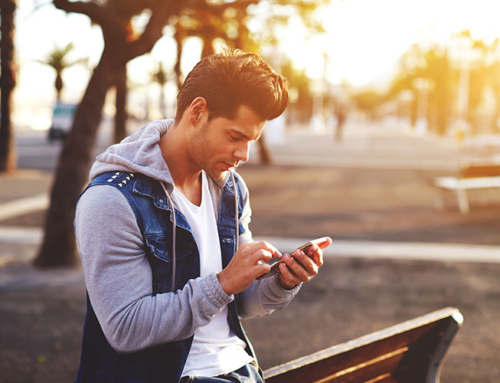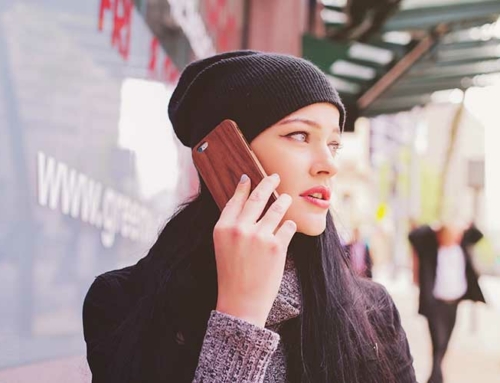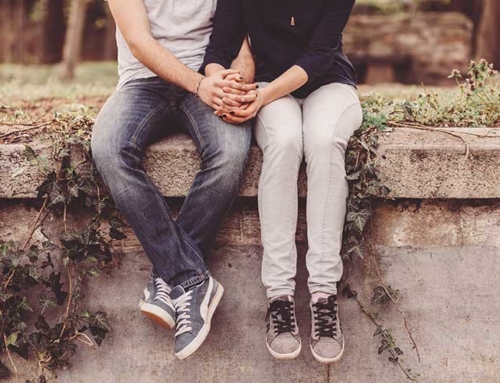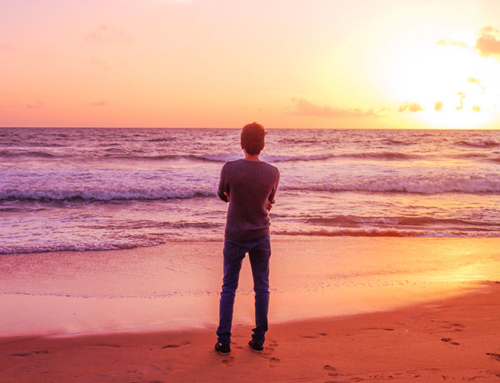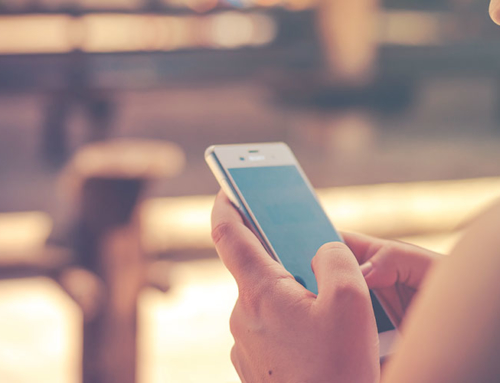Social Media Balance
A solid social media balance between online time and real-life activities can make the difference in whether social media enhances or hinders your teen’s life. A healthy social media balance can help your teen maximize your teen’s beneficial online connections with small groups of people while minimizing the risk of social media induced anxiety, depression, and eating disorders.
Social Media Benefits
As with anything in life, social media is not all bad. Different platforms allow for easy, immediate, and creative socialization. For teens who struggle with social skills or social anxiety, social media offers a safe space for outreach and interaction. In addition, teens in marginalized groups, such as LGBTQ teens or those struggling with mental health issues, can benefit from the opportunities for support, conversation, and friendship with others in similar situations that social media can offer.
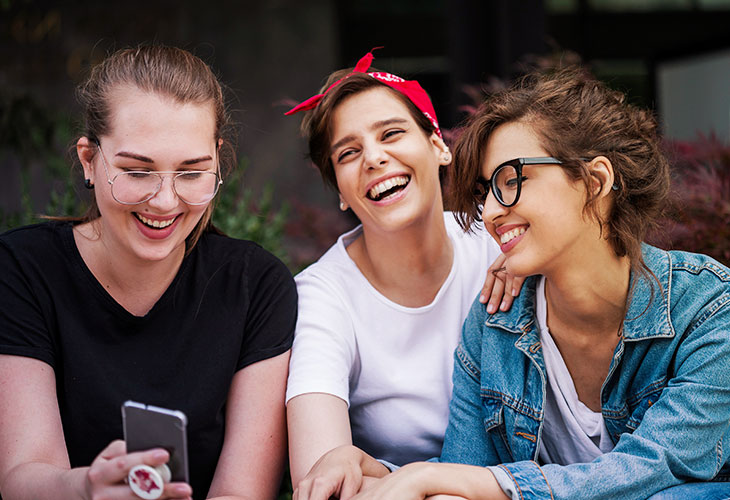
Social Media Disadvantages
Unfortunately, social media is also not all good. Many teens can face cyberbullying, trolls, toxic comparisons, sleep deprivation, and social isolation when they spend too much time on social media.
Teens may find themselves in a toxic relationship with social media:
- Focusing on “likes” to the detriment of their appearance and behavior (i.e. accepting risky social media challenges just to get more “likes”)
- Experiencing cyberbullying that can result in depression, anxiety, and increased risk of suicidal thoughts
- Comparing themselves to fake personas set forth by others as opposed building their own self esteems
- Relying on fake friends
- Forgetting to interact with real people who can share empathy, compassion, and encouragement as opposed to fake friends who hid behind pictures and image. Human connection is a powerful tool that builds skills that can influence a teen’s self-esteem for a lifetime.
There is a happy medium between the good and bad of social media. Help your teen maintain a social media balance by encouraging and facilitating real life friendships and activity. Face to face interaction with peers and physical activity can make all the difference!

